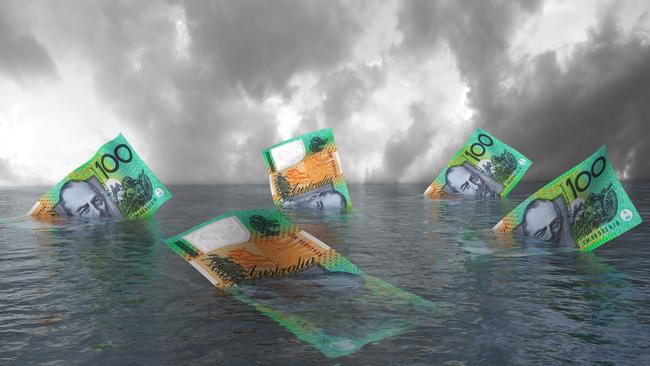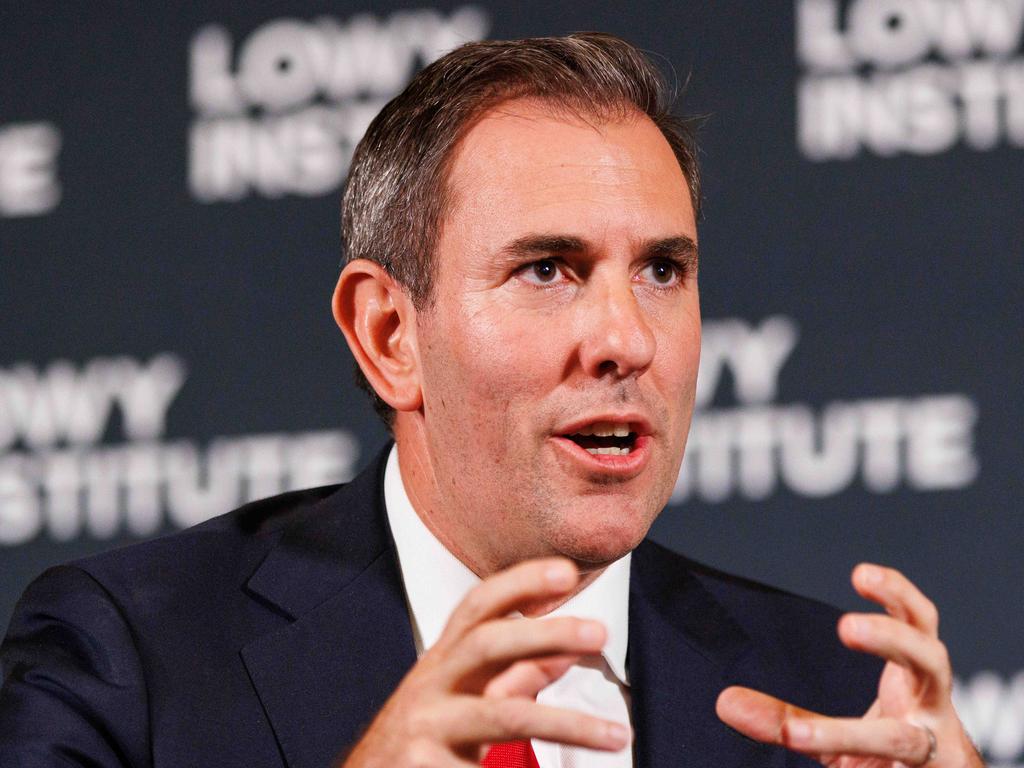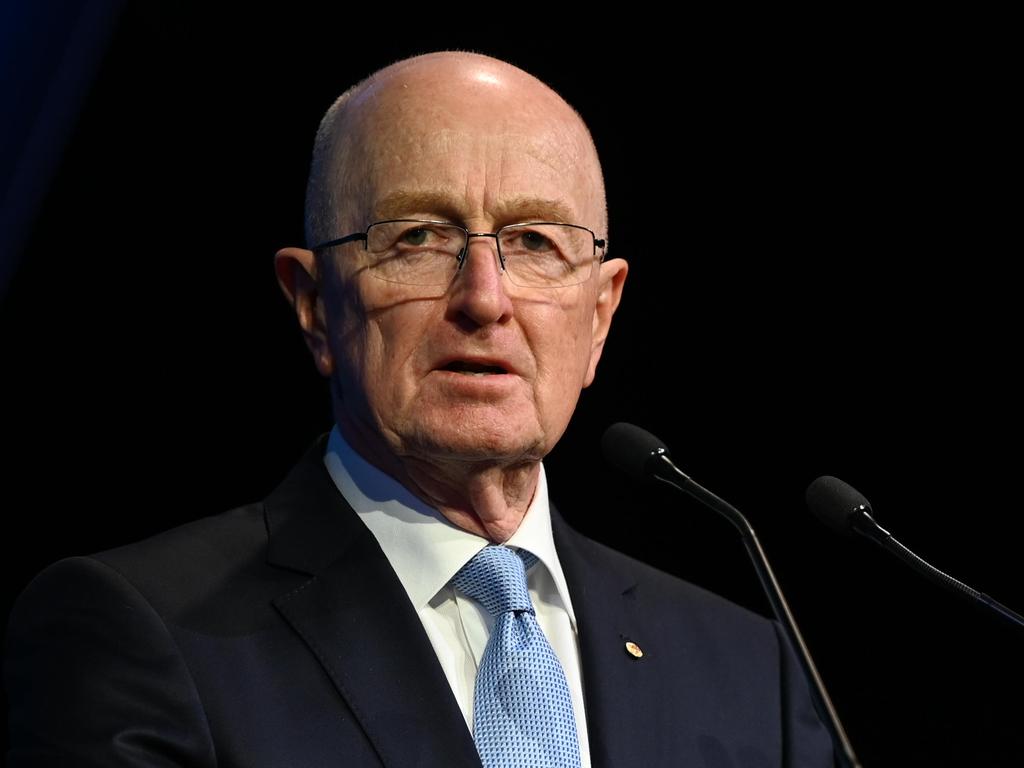
Unemployment is set to rise, as the recent drivers of activity, such as public consumption and capital works, business investment, population and exports taper off in coming years.
The world is also about to give us a pay cut.
But the silver lining in the economic outlook is a plunge in inflation, based on the federal government’s cost-of-living relief, including energy bill rebates and an increase in rent assistance.
Treasury says this could bring headline inflation back to the Reserve Bank’s 2 to 3 per cent target band by the end of 2024, slightly earlier than expected in December’s mid-year budget update.
This is 12 months earlier than last week’s forecast timetable from the central bank.
Treasury is forecasting a 2 per cent rise in GDP in the next financial year, slightly up on an expected 1.75 per cent this year.
Consumer spending has been battered by the RBA’s squeeze on mortgage holders, a rise in taxes and persistent inflation for essential goods and services.
With the population growing by around 2 per cent this financial year, and consumption rising by a mere 0.5 per cent, per capita spending has been falling as economists call out a “retail recession”.
Treasury expects a recovery in real disposable income growth will support household consumption, which is forecast to grow by 2 per cent next year and by 2.75 per cent the following year.
But the forecast comes with a blunt warning. “There remains significant uncertainty around the responsiveness of household consumption to evolving economic conditions,” Treasury says in the budget papers. “While aggregate real household disposable income is expected to pick up in 2024–25, households will still face tight budgets and may look to replenish savings as real incomes increase. A faster-than-anticipated softening in labour market conditions could also temper the recovery in consumption.”
Treasury expects the unemployment rate to rise from the latest headline rate of 3.8 per cent to 4 per cent in the current quarter, and be 4.5 per cent by the middle of next year.
Employment growth in the coming 12 months will be a paltry 0.75 per cent. Record rates of migration, with foreign students, temporary workers and backpackers adding to both labour supply and demand, have pushed the growth in the working age population to 3 per cent.
Amid stagnant productivity growth, business investment will plummet to measly increases of 1 per cent and 2 per cent over the coming two years, after posting growth of 8.3 per cent and 5.5 per cent in the post-Covid recovery.
After a solid rise this year, mining investment will plunge next financial year.
Growth will be weaker than in previous years in Australia’s major trading partners, including in Japan, the US, China and the Euro area.
“Global growth is expected to remain subdued over the next few years as the effects of high inflation, restrictive macroeconomic policies, geopolitical tensions, and challenges in the Chinese economy weigh on the outlook,” the budget papers say.
“If inflationary pressures continue to ease as expected, the global policy focus will increasingly shift to managing risks to growth.”
Export growth is expected to be cut in half in 2025-26, while the prices of our exports (relative to imports) are projected to fall by a cumulative 15 per cent over three years.








Australia’s has settled into a post-pandemic slow groove, with economic growth slipping into a Euro-style 2 per cent band for the three years in the recovery phase from the Covid-19 crisis.